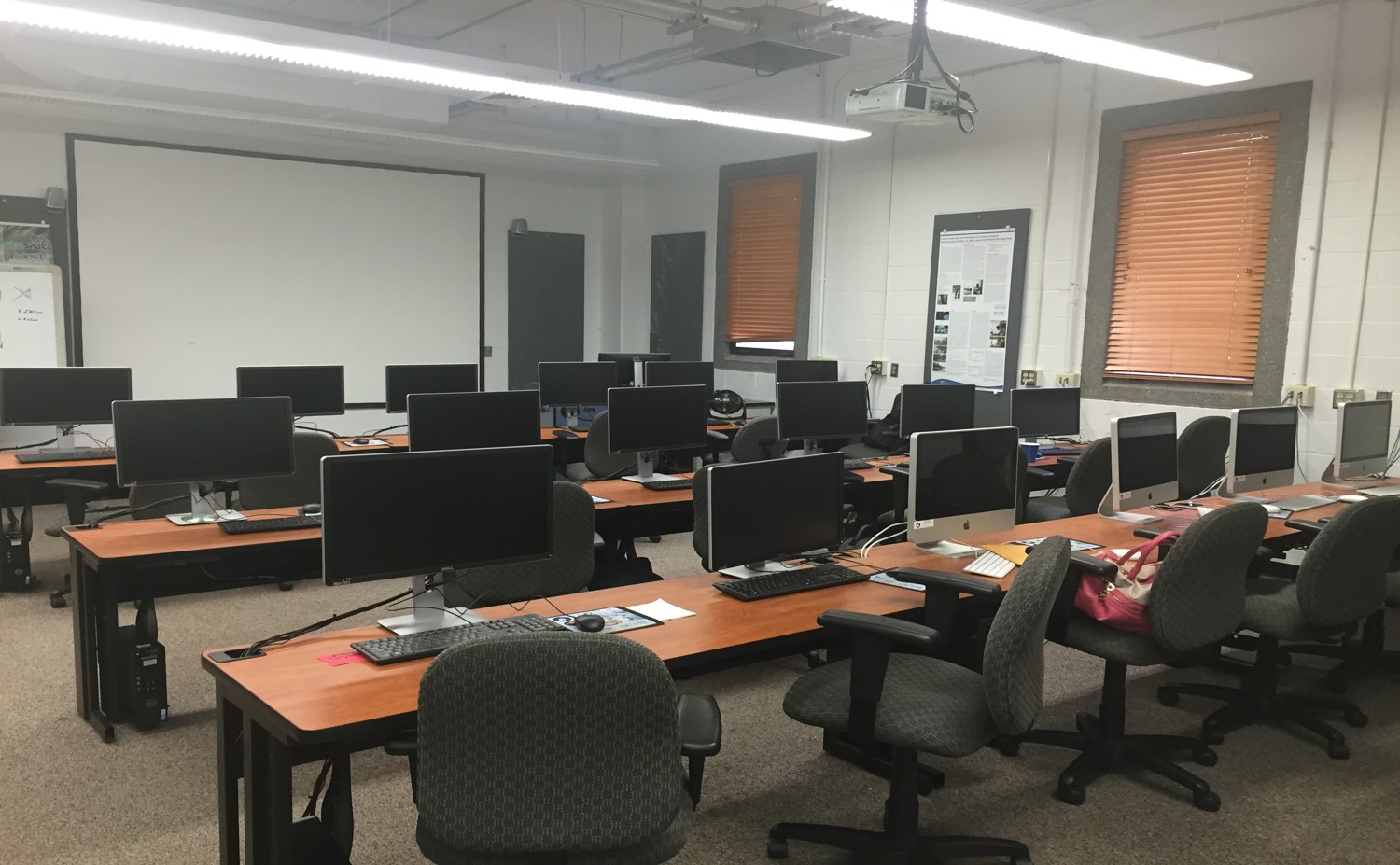 |
| Homepage | Resume | Professional Statement | Research | Links |
Developing an Active Contours Model for Layer Detection from Polar Radar Imagery
Mentor:Mr. Jerome Mitchell Abstract: An active contours model will be explored for detecting layer boundaries. An active contours model (snake) is used in computer vision for object tracking, shape recognition, segmentation, and edge detection. The snake algorithm is an energy optimization spline guided by an outside constraint force and influenced by image forces, which would pull it toward layer boundaries. |
 |
Documentation of Site Preparation for Installation of SeaSpace Ground Stations at ECSU Keywords: Mentor: Mr. Michael Osterhouse & Mr. Andrew Brumfield Abstract: |
 |
Evaluating the Performance of MPI Java in FutureGRID Keywords: Mentor:Dr. Geoffrey Fox & Mr. Saliya Enkayanke Abstract: |
 |
Multimedia Team Keywords: Mentor:Mr. Jeff Wood Abstract: In 2005, the processing system underwent a major update due to a migration to a new operating system. A minor update was needed at this time to deal with a second operating system migration and display of the processed images on the CERSER web site. Since then, a second transfer to a new server was made in 2013. The cataloguing system went down at this time and was not repaired due to technical issues with the TeraScan system. The 2014 team corrected issues within the current server directory system and updated the data script to process images from the GOES-13 satellite received by the TeraScan system. Software and languages utilized for this task included ImageMagick, PHP, HTML, Dreamweaver, phpMyAdmin, and MySQL. Along with this operating system update, a major script development was needed on the TeraScan processing equipment due to an upgrade in hardware. The ground station upgrades included a 3.7m X/L band, a 3.6m C band, and a 5.0m L band dishes, along with accompanying computing hardware. This project implemented new script on the TeraScan and CERSER servers. This new script processes both infrared and visible light images received from the GOES-13 satellite into the Tagged Image File (TIFF) Format. |
 |
Analysis of Traditional Herb on Brine Shrimp Keywords: Mentor:Mrs. Shante Armwood Outlaw Abstract: |
 |
:: Center of Excellence in Remote Sensing Education and Research | ECSU | 1704 Weeksville Road | Elizabeth City, NC 27909 :: |